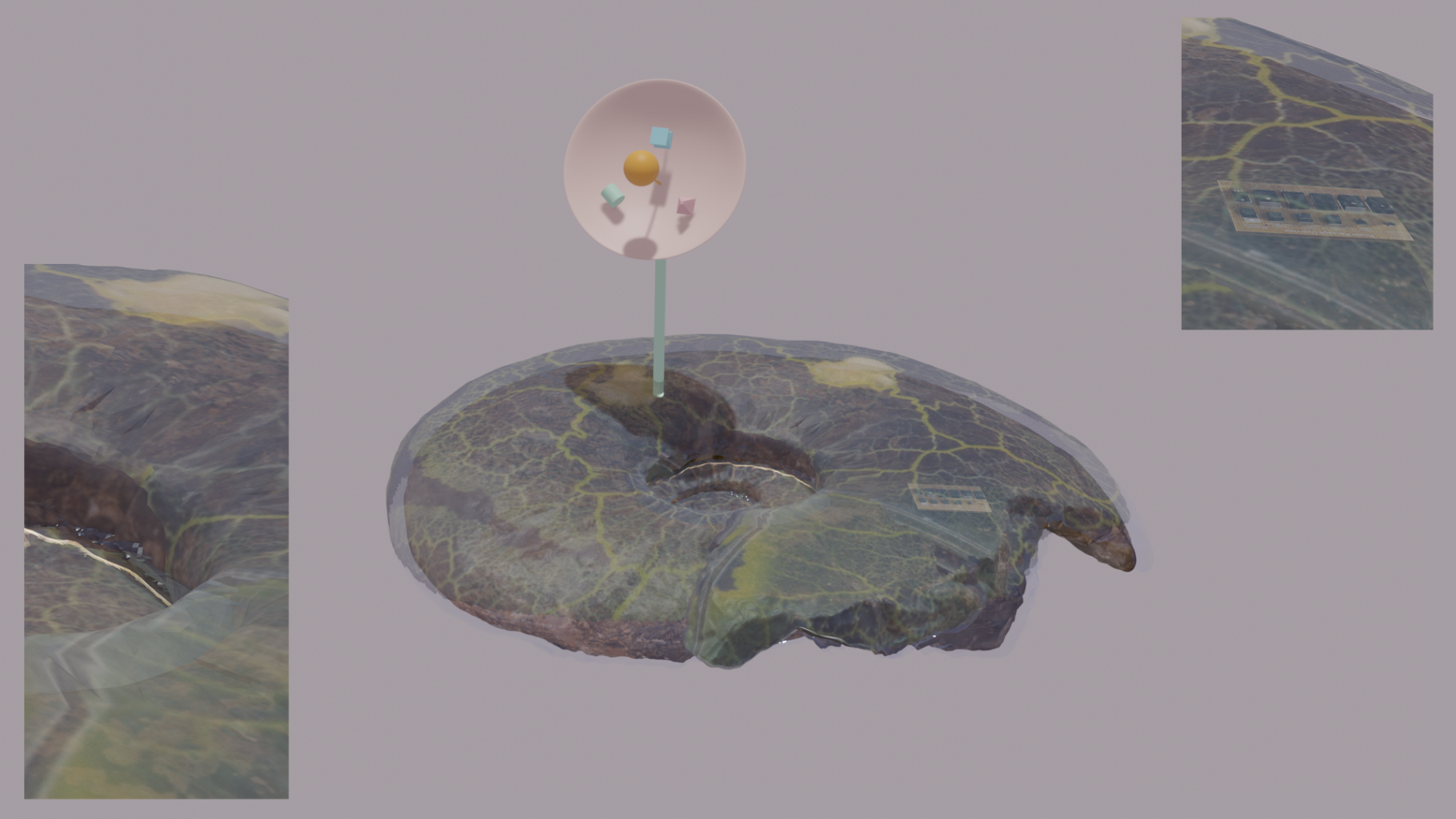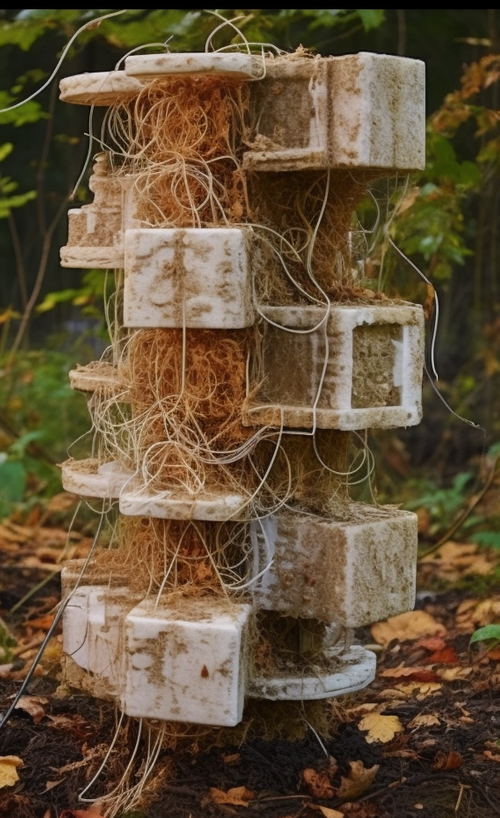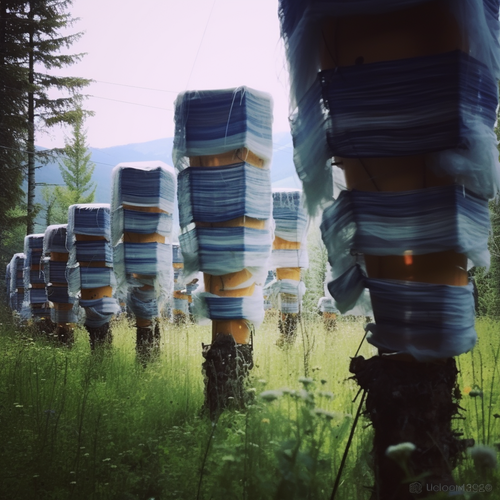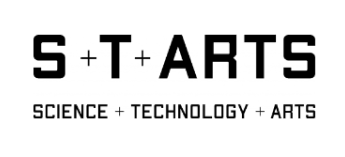Scenario 8: What the World Eats. Agro-technologies in Earthly Futures
by Peter Andersen
#Sustainability #Environment-friendly technology #Agriculture of precision #Eco-friendly packaging #Renewable technology
Here you can explore in detail the future scenario. Opportunities describe a potential for innovation that this scenario unfolds, considering specific technologies, context of application and industry. Scenario narrative gives a description of the scenario provided by the artist. You can also watch a Video to dive into the future world of the scenario, where the artist will guide you through. Trends of the scenario explore the current trends and developments on which the scenario is based. And finally Elements of the scenario provide artifacts, objects, personas and other elements from the future to immerse and discover the scenario.
OPPORTUNITIES
There are opportunities for agrotech companies specializing in the development of agricultural technologies that are compostable or biodegradable, minimizing waste and environmental impact; technological firms that focus on the creation of hardware that is designed to have a minimal environmental footprint and can be integrated back into the earth without harm; waste management enterprises focusing on the transformation of electronic and plastic waste into useful materials for agricultural or technological purposes; companies specialized in green technologies aiming at powering agricultural technologies without contributing to pollution or waste; tech firms creating smart packaging solutions that integrate with digital systems to monitor freshness, reduce waste, and improve the supply chain’s efficiency and transparency.
SCENARIO NARRATIVE
The scenario includes past and contemporary patterns to envision a future transformative paradigm in the convergence of technology, agriculture, and the environment. Should we broaden our consideration of who benefits from our food choices, placing emphasis on the concept of gratitude for the gifts the world provides us and recognizing our obligation to ensure the care of more-than-human lives and the overall well-being of our planet? In recent decades, the world has been quite literally eating the waste chambers of packaging, plastics, electronic waste, etc. At the same time, our reliance on agricultural and ecosystem knowledge, to a larger extent, will rely on digital and technological apparatuses.
Nothing nutritious will grow in the digital rubbish, nor will anything pollinate in a digital twin; few earthbound intimacies can rummage in the excess work of software and hardware maintenance. Do these elements take the appearance of the Talmudic myth: the Golem, an automated being gone on a killing frenzy until returning to dust? We need machines, just as rock-based machines one day will turn to dust and become soil again. The Rooiboit Nutritura Antessorem takes this life span of technological apparatuses seriously and explores the ancestral dimension of imagining agro-technological machines. It includes past and contemporary patterns to envision a future transformative paradigm in the convergence of technology, agriculture, and the environment. Not only should it nurture and express gratitude to its predecessor—the Earth, its minerals, and soils—but also to the future generations of life and the potential for differentiation. If opening up for symbiosis across intergenerational time-space, then what is the agri-technological machinery of the future? Can technology itself become compostable for the earth? Should the conception of tech be expanded to include traditional ecological knowledge (tek)? Can we incorporate non-human sensibility and bio-machines in food systems, as well as affirmative towards difference?
VIDEO
TRENDS OF THE SCENARIO
Global warming
The climate undergoes radical changes, a hinge zone in time-space, in which our interior and exterior landscapes, local biota, and agricultural crops reconfigure and adapt to new realities: extreme temperatures, drought, flooding, wildfires.
Agriculture and Extinction
Agricultural industrialization, alongside its many innovations, carries multiple thick materializations of the past. Land dispossessions, privatization, eutrophication, and plantations are meeting the dizzy pollinating bee. Food systems cannot be disentangled from the attack on life itself. The 6th mass extinction – yes, we are experiencing it, and it has a sound and a smell, strangely familiar.
Terra Mobilis
The moving earth and movement on earth are norms rather than exceptions. The mobility of environments, continental drifts, waste, and all living beings are a sure prerogative, which liquifies all dreams of enclosures. Wild seeds will blow with the wind.
Hybrid Natures
A nature that spans from microplastics to pollinating machines, posing questions of what happens when we place technologies in the nearest intimacy with the life of others (non-humans as well as humans) and how we figure through the convergences of techno-euphoria.
Kinship
Despite the naming of our current geological epoch, the human is getting dispossessed as the center of it all. Not only giving space for more-than-human agencies but maybe reforming or reviving relations of love/caring between different species and matters.
ELEMENTS OF THE FUTURE SCENARIO
Bio computing and sensing
Technology begins to assemble life itself. Beings, such as plants, fungi (mycelium networks), bacteria, or slime-mold are intelligent, sensible, and transport electronic information: with these species we begin to imagine another form of computing. Will unconventional computing alternate anthropocentric digitalism and provide an alternative to the rock-based hardware of today? What kind of sensibility will computing beings perform? How might this form of sensing provide new imaginaries and roles for the non-human in our food-cultures?

Culture
A cultural dominant thinking prevails, asserting that no being, object, or matter can meaningfully be separated—they coexist within and outside each other. There is an acknowledgment that the bird, the cow, or the soil possesses qualities and potential both as artists and environmental engineers. The reinstatement of ideas echoes through every aspect of existence; all objects, technologies, places, beings, and environments are alive and expressive, and intricately bound up with one another through time. Meals align with seasonal cycles and life cycles of other beings, singing is a resonance in the landscape of bio-machine humming, pigeon towers, the wind in the fields and human celebrations.

Materials
Organic materials offer decomposable potentials for a wide range of sectors. Fungi’s mycelium networks, for instance, functions as a binder that digests organic components such as agricultural waste, to create a solid structure that can be applied in a variety of sectors: architecture, textiles, interiors, soft robotics and more. Suggestions are made that fungal structures grow, build and repair themselves, additionally contain potentials to become computable sensors.

Non-human architectures
The agricultural landscapes look like cities for multispecies living, here and there a small town for swallows and pigeons, a little village of beehives or a city of caves for the compost making crustaceans. The fields are designed to host a diversity of species, some of them giving space for one another, like the beans that use corn as a climbing rod in the Mexican milpa. Once in a while we meet a little self repairing structure built with senseable mycelium architectures, beneath the structure grazing animals find shadow.

Biodiversity and Traditional Ecological Knowledges (TEK)
While Indigenous communities inhabit only a quarter of the world’s surface, they conserve around 80 percent of the world’s remaining biodiversity, and have been caretakers of the environment through generations. TEK expandes the mythology of modern technology, using soft, symbiotic living systems to harness the energy in the environment and using biodiversity as a building block for technology. TEK is furthermore connected to the spiritual and social fabric, passing on ecocultural knowledge through generations with ideas on kinship with nature, reciprocity and gratitude to ecosystems and its many living beings.
AMBIENCE OF THE SCENARIO:
Women Gathering Mushrooms, Music of the Babenzele pygmies and sounds of their forest home, recorded by Louis Sarno and Bernie Krause. From Bayaka (Ellipsis Arts CD 3490). Courtesy of Ellipsis Arts. Figuring in the Book of Music and Nature – audio tracks Held By Wesleyan University Press, Middletown, CT. Non-Commercial Use Permitted.


